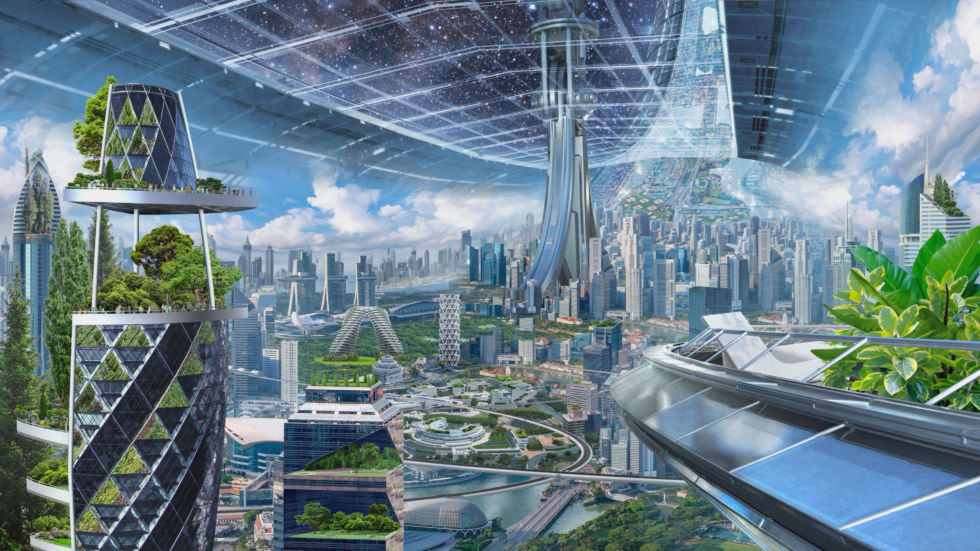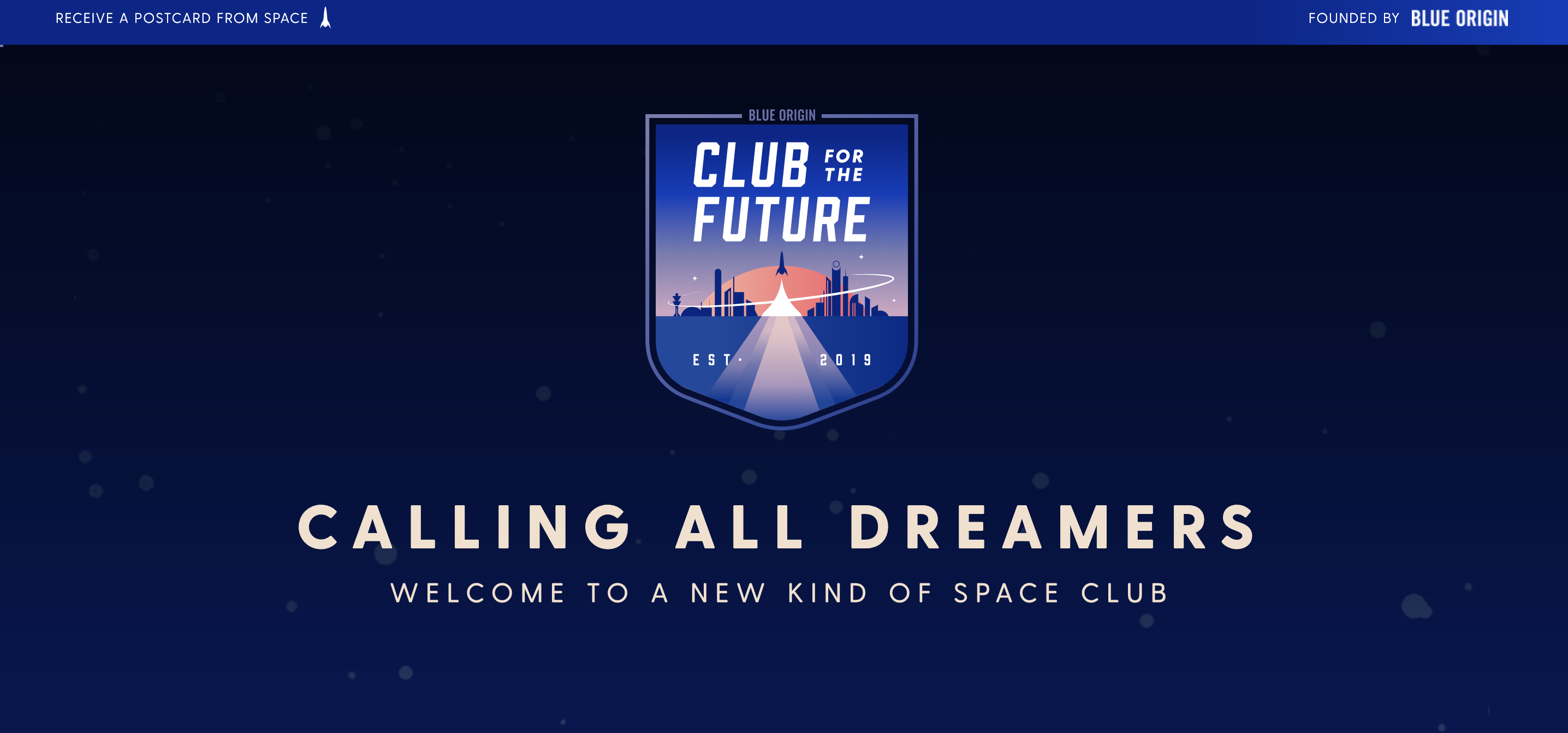
Jeff Bezos, the founder of Amazon and the world's wealthiest person, was just five years old when Neil Armstrong and Buzz Aldrin stepped on the lunar surface on July 20, 1969. However, he has never forgotten the grainy black-and-white footage from the historic moment. Since then, the moon has always been the center of the entrepreneur's space-faring ambitions which are channeled through his self-funded spaceflight company, Blue Origin.
On May 9, 2019, at a special conference held in Washington, DC, Bezos came one step closer to fulfilling his dream of sending a mission to the satellite, when he unveiled a mock-up of a flexible lander capable of carrying both humans and cargo to the moon.
Three years in the making, Blue Moon is an insect-like spacecraft that sits atop four spindly legs, designed to help cushion its landing. Its large internal spherical fuel tank will contain liquid hydrogen, which, theoretically, will make it easy to refuel using ice water on the moon's poles. Hydrogen fuel cells are expected to power the device through the lunar night. Prior to touching down on the lunar surface, Blue Moon will release several tiny satellites in the moon's orbit that will help collect scientific data. The spacecraft will then fire up its powerful high-performance engines and, with the help of the lasers fitted in the underbelly, make a perfect landing in a predetermined area.

Once on the ground, Blue Moon will use its robotic arms to lower one or even multiple rovers onto the lunar surface. Though details of how it will be launched to space remain unclear, the entrepreneur, who said the lander's engines would undergo initial testing later this year, is confident Blue Moon will be ready for its mission by 2024. “This is an incredible vehicle,” Bezos said, “and it’s going to the moon.”
Sending a lander to the moon is just a small part of the entrepreneur's bigger vision of how space colonization, which he thinks is inevitable given our ever-increasing population and dwindling resources, will unfold. Unlike other visionaries who are seeking a home on another planet, Bezos thinks humans will be living in orbital space colonies. They will be similar to the International Space Station, except much bigger, each with the capacity to house millions of people. While some would resemble Earth-like cities, others would be reserved for national parks or even playgrounds. "And you could have a recreational one that keeps zero G so you can go flying with your own wings,” Bezos said. All, however, would have the perfect weather year round! The entrepreneur quipped, "This is Maui on its best day all year long. No rain. No earthquakes. People are going to want to live here." Space taxis would make it easy for humans to travel between the various colonies.

But before that can happen, we need to develop a cheaper way to travel between space and Earth. Bezos believes he may have solved the issue partially by eliminating the biggest cost of spaceflights — single use rockets — with Blue Origin's reusable New Shepard rocket, which has made several trips to space and back since 2015. The entrepreneur also announced plans to test the company's next-generation reusable rocket, the much larger New Glenn system, by 2021.
The other "gate" restraining human development of space is lack of resources like energy, water and metals. The tycoon believes energy needs can be fulfilled by the sun, water can be obtained from the moon, and metal obtained from the numerous asteroids. Bezos envisions small settlements on the space rocks will mine for the materials. The water could be used for both human consumption or split into hydrogen and oxygen for rocket fuel. Blue Moon's rovers will scout out the locations of the moon's water sources and also investigate how hydrogen can be extracted and used to power rockets. “Ultimately, we’re going to be able to get hydrogen from that water on the moon, and be able to refuel these vehicles on the surface of the moon,” Bezos said.

The billionaire, however, does not plan to build the colonies himself. His aim is to establish a solid foundation for future generations to build upon. "The kids here [at the conference] and their kids and grandchildren will build these colonies. My generation’s job is to build the infrastructure so they will be able to. We are going to build a road to space,” Bezos told the audience. “And then amazing things will happen. Then you’ll see entrepreneurial creativity. Then you’ll see space entrepreneurs start companies in their dorm rooms. That can’t happen today.”
To encourage future space dreamers, the company recently launched a free online club that will keep members informed of Blue Origin's progress and challenge them to find solutions to help humanity's future and save Earth. Its first "mission" invites students of all ages to draw or write how they envision humans living and working in space on a self-addressed, stamped postcard and send it to the “Club for the Future” at P.O. Box 5759, Kent, WA 98064, U.S.A. by July 20, 2019. The first 10,000 submissions will be launched to space aboard the New Shepard rocket later this year. When the reusable rocket returns to Earth, the postcards, stamped "flown to space," will be returned to their respective owners to keep as souvenirs. Are you ready to be part of this historic challenge?
Resources: blueorigin.com, arstechnica.com, the atlantic.com
